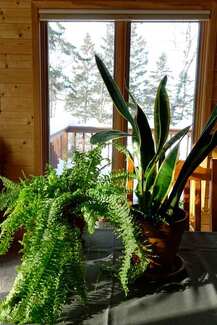Master Gardener Vicki Gee Treft writes about what she learned from a "HOUSEPLANTS" course presented by Katie Dunker from the Colorado State University Extension.
A future posts will provide how to deal with pests and diseases.
0 Comments
Leave a Reply. |
|
| North Country MGV | gARDEN bLOGS |
Location |
|

 RSS Feed
RSS Feed